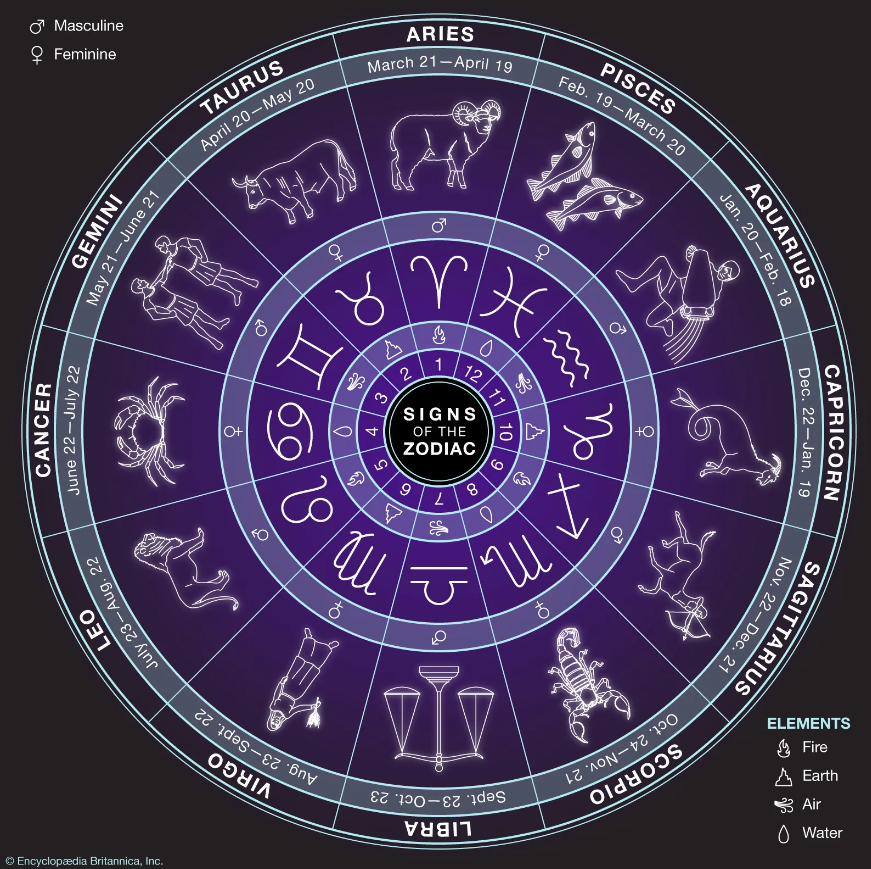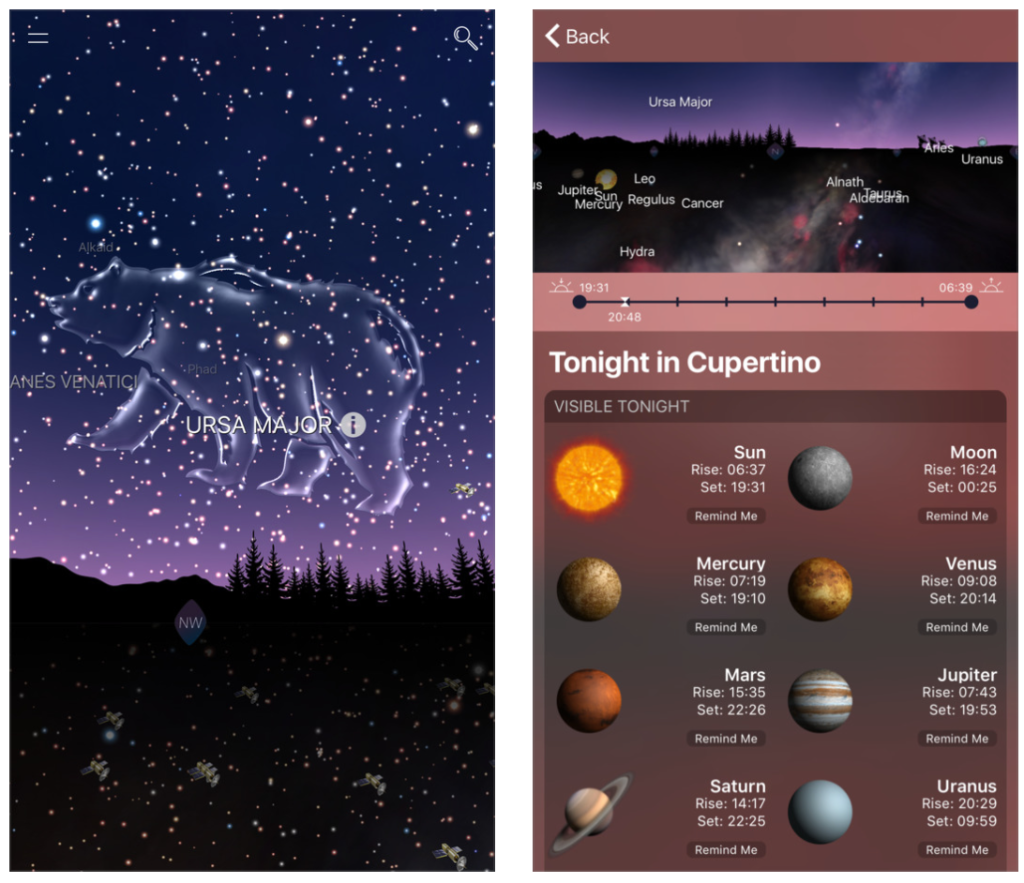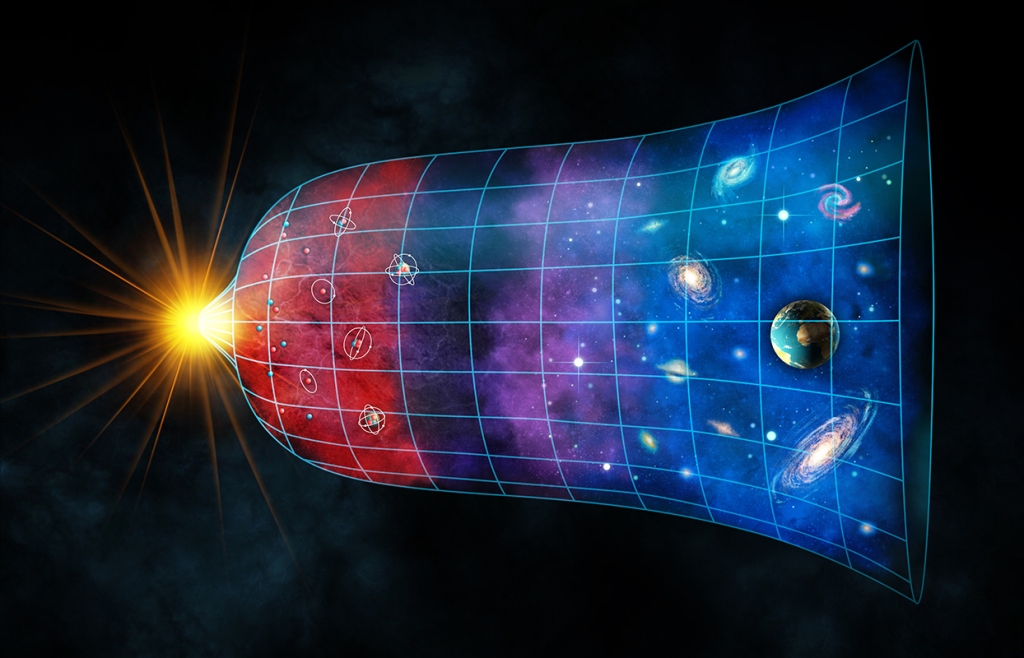
Size: Planet vs. Solar System. vs. Galaxy
For as long as I can remember, I have been fascinated by the vastness of the Universe and how everything around us has been untouched by humans. Everyone lives on Earth (unless you are an alien…). Yet, Earth is only one of eight planets in our solar system. Our solar system is centered around the Sun. The Sun is only one of 400 BILLION stars in our galaxy, which we call the Milky Way.
But how large is the Milky Way in actuality? For me to begin to explain the size of objects on a cosmic scale, let me first introduce the concept of the light-year. Despite its misleading name, a light-year is a measure of distance. It refers to the distance which light moves in one year. One light-year is roughly 6 trillion miles. Our Milky Way is huge. It has a diameter of 100,000 light-years, or 600 quadrillion miles! 2.14 x 10^14 continental United Sates could fit in the diameter of the Milky Way. Now imagine: our Milky Way represents merely one of BILLIONS of other galaxies in the universe! That’s crazy!
It is difficult not to be amazed by the incredible size of the universe. Personally, I find the large scale to be exciting. What exists outside of Earth? What can we learn from other planets, stars, and galaxies? However, I am also aware that the size of the universe can also be intimidating. It highlights how small and insignificant humans are on a galactic scale. How do you feel knowing the size of the universe? Does it make you excited or nervous?








